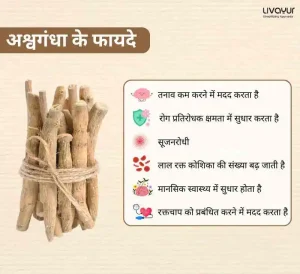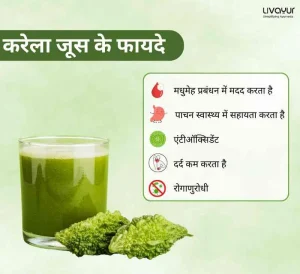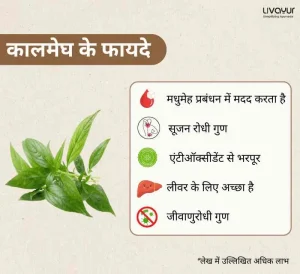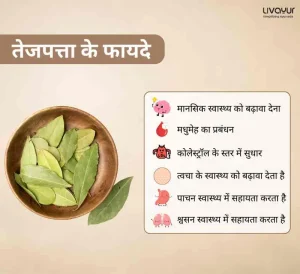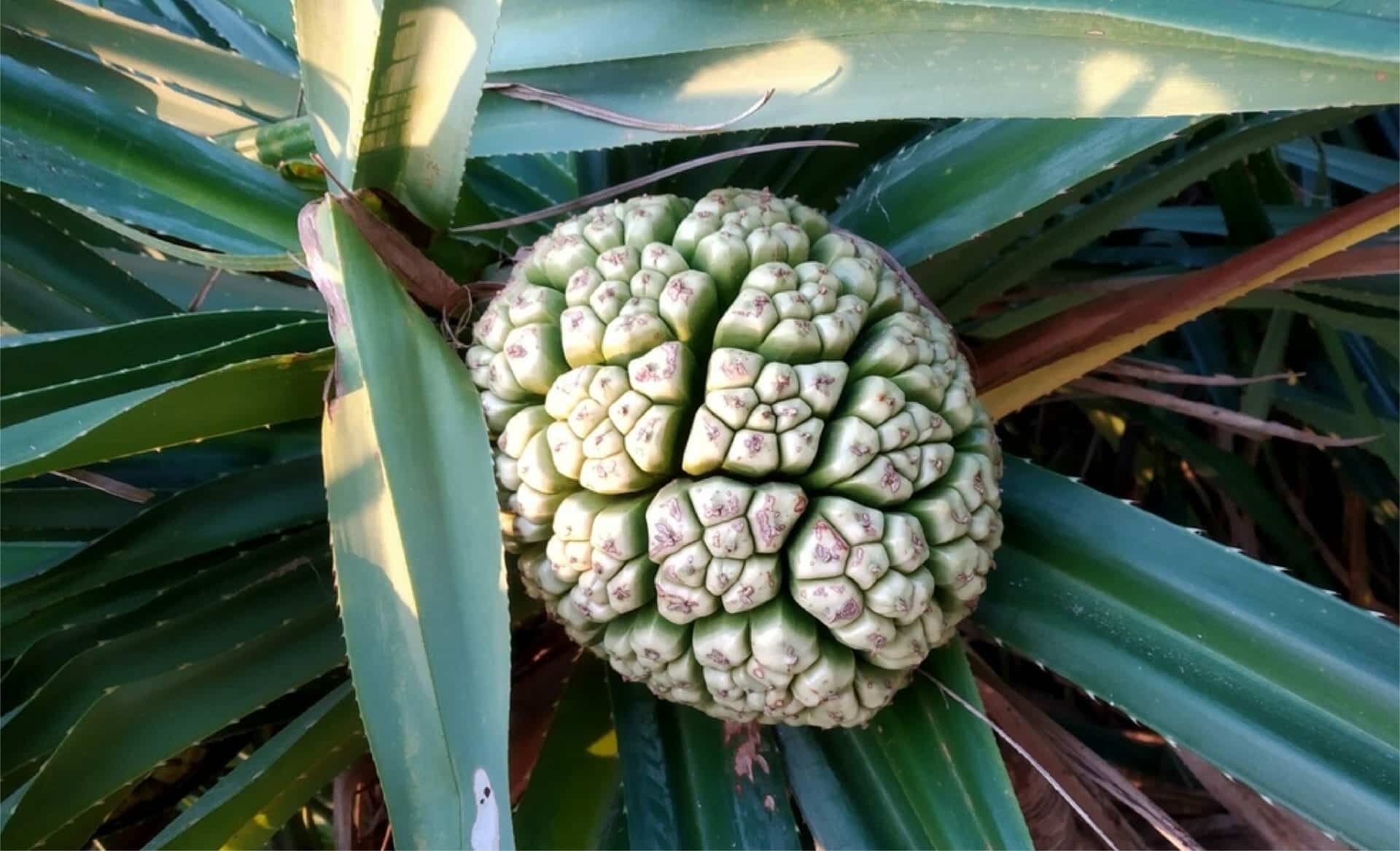
When it comes to traditional herbal medicine, the world’s diverse flora has long served as a source of healing and wellness. Among the lesser-known botanical treasures is the kewda flower (Pandanus odoratissimus), a fragrant bloom celebrated for its alluring scent and remarkable medicinal properties. This article delves into the kewda flower’s therapeutic potential, offering insights into its medicinal uses, recommended dosage, and potential side effects.
What is the kewda flower?
The Kewda flower, renowned for its unique botanical attributes, is a tropical evergreen shrub with fragrant, intricate blossoms. Indigenous to Southeast Asia and the Indian subcontinent, the Kewda flower has an aesthetic appeal and multifaceted utility in traditional and herbal medicine systems.
Characterized by its long, slender, and spiky appearance, the kewda flower emits a captivating fragrance. It is a sought-after ingredient in the perfumery industry. Beyond its olfactory charm, this botanical marvel possesses a rich history of medicinal use, owing to its potential therapeutic properties. These range from digestive and respiratory support to its role as a natural coolant. [1]
What are the medicinal uses of the kewda flower?
The Kewda flower has been revered for its diverse medicinal applications across various parts of the plant. Here, we explore the therapeutic uses of different parts of the Kewda plant. [1]
Leaves
- Leprosy: The leaves find use in treating leprosy.
- Aphrodisiac: Kewda leaves are famous for their aphrodisiac properties.
- Scabies: They help in the management of scabies.
- Anxiety and Heart Disease: Traditional practices have incorporated Kewda leaves to address anxiety and heart-related ailments.
- Leucoderma: They are known for their potential in managing leucoderma.
- Tumors: In some traditions, Kewda leaves help manage tumors.
- Antiepileptic and anticonvulsions: Explored for their role in addressing epilepsy and convulsive disorders.
- Skin Disease: Kewda leaves help in the management of various skin ailments.
Flower
Headaches: Traditionally used to alleviate headaches.
Earaches: Applied as a remedy for earaches.
Antispasmodic: The flowers are known for their antispasmodic properties.
Aphrodisiac: Kewda flowers are famous for their aphrodisiac effects.

Root
Antidiabetics: The root of the Kewda plant has been explored for its potential antidiabetic properties.
Antidote: Traditionally used as an antidote.
Abortifacient: In some traditional systems, Kewda root is considered an abortifacient.
Skin Diseases: Used in the management of various skin diseases.
Leprosy and Scabies: Traditional practices have employed Kewda root to treat leprosy and scabies.
Syphilis: Explored as a remedy for syphilis.
Oil
Rheumatoid Arthritis: Traditionally used to alleviate rheumatoid arthritis.
Skin Disease: Employed in the management of skin diseases.
Earache: Kewda oil serves as a remedy for earaches.
Headache: Traditionally applied to relieve headaches.
Arthritis: Used in the management of arthritis.
Debility: It is known for its potential in addressing debility.
Depurative: Kewda oil is recognized as a depurative.
Giddiness: Traditional practices incorporate it to alleviate giddiness.
Laxative: Kewda oil has laxative properties.
Leprosy and Spasms: Used to manage leprosy and spasms.
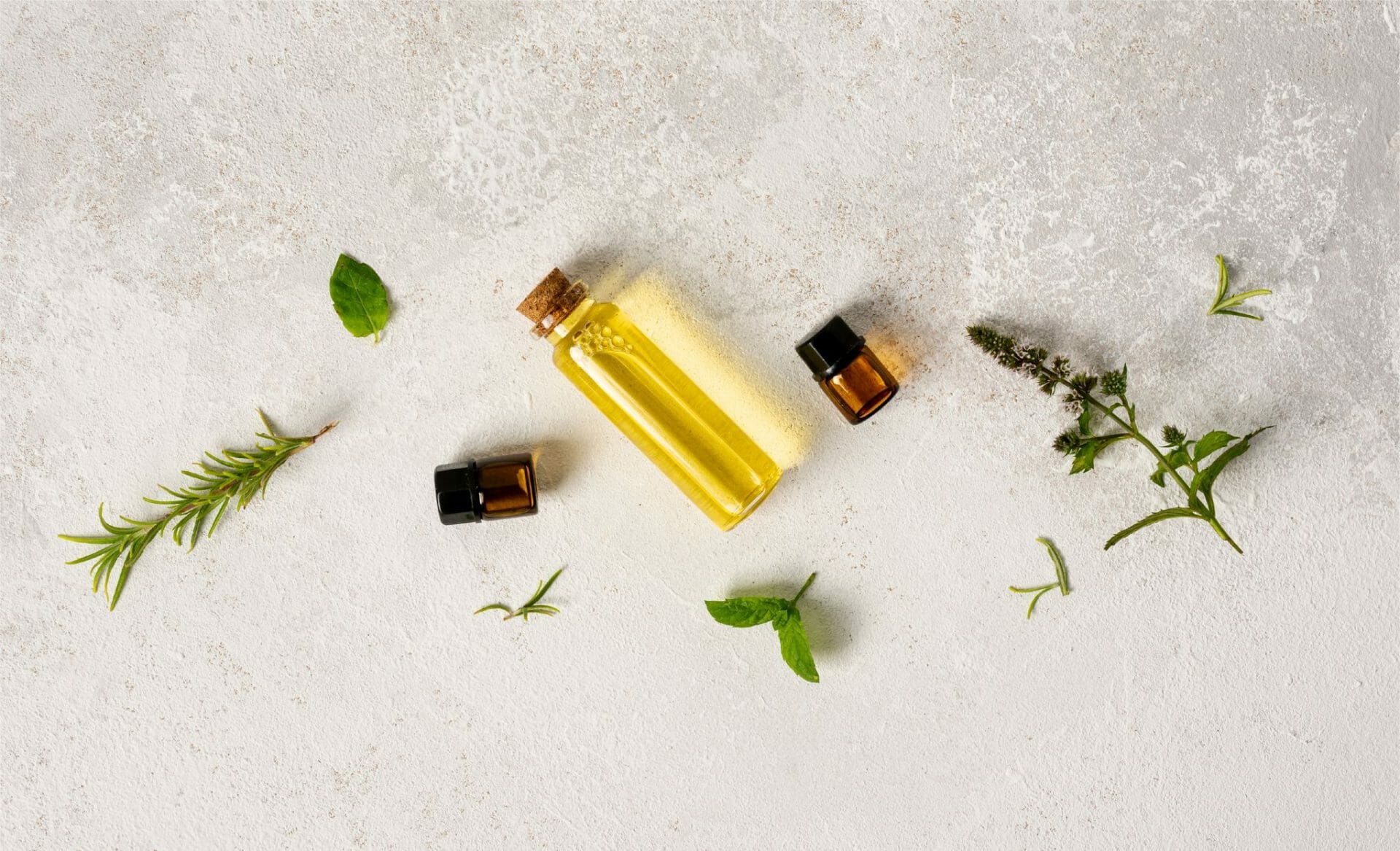
Fruit
Vat and Kaph: The fruit balances the “vat” and “kaph” doshas.
Urinary discharge: Traditionally, people have employed it to manage urinary discharge.
Leprosy: The fruit finds use in the treatment of leprosy.
Male aphrodisiac: Kewda fruit is famous for its aphrodisiac properties in males.
What is the dosage of the kewda flower?
The appropriate dosage of kewda flower varies significantly depending on its intended medicinal use. Traditional herbal medicine systems have offered general guidelines for its utilization. However, precise dosages can vary based on age, overall health, specific health conditions, and the kewda preparation used (e.g., leaves, flowers, roots, oil, or fruit).
Consult a healthcare professional who can offer personalized guidance on the appropriate dosage for a particular therapeutic purpose. Additionally, when incorporating kewda into one’s wellness regimen, it is prudent to exercise caution and start with lower doses, gradually increasing as necessary, while closely monitoring for any adverse reactions. The approach ensures a safer application of the kewda flower’s potential medicinal benefits.
What are the side effects of the kewda flower?
While the kewda flower has a history of medicinal and cultural significance, it is prudent to understand the side effects associated with it. Though considered generally safe when used in moderation and following traditional practices, adverse reactions can occur, mainly if consumed or applied excessively.
Some individuals may experience allergic reactions upon contact with kewda-based preparations, such as oils or extracts. Like many botanicals, the kewda plant may interact with certain medications or medical conditions, warranting caution for those with underlying health concerns.
As with any herbal remedy, consult a healthcare professional before incorporating the kewda flower into one’s healthcare routine. It will ensure a safe approach to harnessing the potential benefits while mitigating side effects.
Ayurveda and kewda flower
Kewda flower holds a distinguished place within Indian Ayurvedic medicine, where it has been revered for its multifaceted therapeutic potential. Traditional Ayurvedic practices have long recommended kewda flower for addressing various health concerns, ranging from common disorders like headaches and colds to more complex conditions like epilepsy and hepatitis.
It is a cardiotonic agent, an antioxidant, and a valuable aphrodisiac in Ayurveda. The botanical gem contains many phytochemicals, including lignans, isoflavones, vitamins, and nutrients. Integrating the kewda flower into Ayurvedic practices underscores the profound connection between nature’s offerings and the holistic well-being of individuals.
FAQs
1. What is ganjam kewda flower?
Ganjam Kewda flower refers to a specific variety of kewda flower cultivated and primarily found in the Ganjam district of Odisha, an Indian state. It shares many of the same characteristics and uses as the more widely known kewda flower, including its aromatic properties and applications in traditional medicine and perfumery.
2. What are the kewda flower uses?
Kewda flowers have various applications in traditional medicine for treating headaches, skin ailments, and digestive issues. Additionally, Kewda flowers find wide use in the perfume industry for their fragrance.
3. What is the kewda flower plant?
The kewda flower plant, scientifically known as Pandanus odoratissimus, is a tropical evergreen shrub or small tree. It belongs to the Pandanaceae family and the plant has long, spiky leaves and produces fragrant, intricate flowers highly esteemed for their fragrance and medicinal and aromatic properties.
4. What is the kewda flower called in English?
In English, the kewda flower is the “Screw Pine” flower. The name comes from the plant’s spiral arrangement of leaves and resemblance to the pine tree, despite not being botanically related to true pines.
5. What is the kewda flower used for?
Kewda flowers serve several purposes. They find use in traditional medicine systems for their potential therapeutic properties, including treating headaches, skin ailments, and digestive disorders. Kewda flowers are highly prized for their sweet and alluring scent in the fragrance and perfume industry.
6. What is kewda made of?
Kewda itself is not made but instead refers to the flowers of the Pandanus odoratissimus plant. These flowers contain various natural compounds, including essential oils, alkaloids, lignans, isoflavones, coumestrol, and other phytochemicals. Kewda flowers’ unique fragrance and potential medicinal properties are due to the complex combination of these natural constituents.
Conclusion
With its enigmatic charm and manifold attributes, the kewda flower is a testament to the profound connection between nature and human well-being. Kewda has carved out a niche in traditional herbal medicine, offering common and complex remedies for maladies. Its fragrance has graced the perfume industry, and its history etched into cultural traditions. This botanical treasure is a profound source of healing and aromatic delight.
Disclaimer
The information provided here does not intend to replace professional advice or treatment.
References














